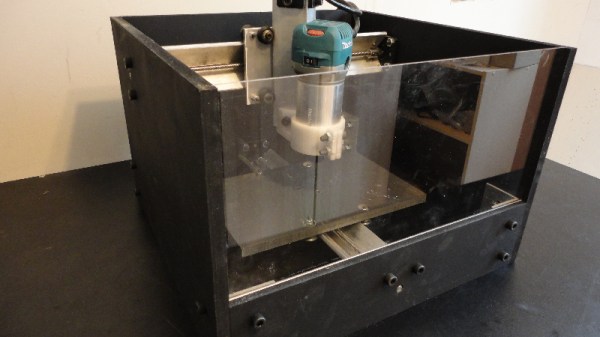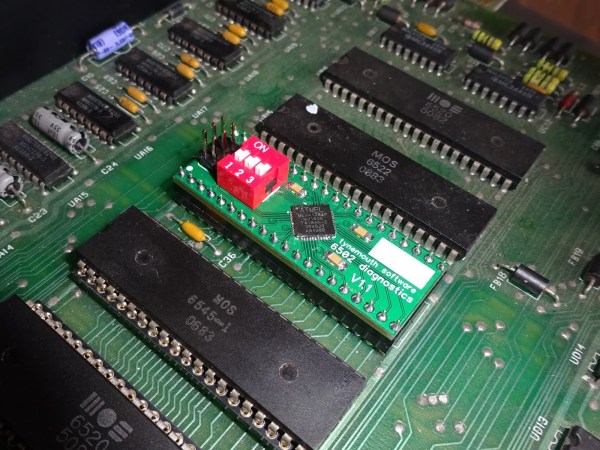This weekend, Hackaday will be rolling into New York for the Eleventh HOPE. This biyearly conference draws hackers from all around the globe. There’s a ton going on at HOPE: talks, hardware hacking, workshops, and pretty much everything else you might be interested in. But really, this gathering which was founded by 2600 in ’94, is where you go to meet and hang out with other hackers. And we want to hang out with you.
Pre-sale tickets are gone. But if you don’t have a ticket yet there are a limited number still available at the door. We’re happy that Hackaday is a sponsor of HOPE this year and for that we have a spot in the vendor’s area. We’re not selling anything — we’re actually reverse-vending. We want you to stop by and show us your hacks!
Hackaday Meetups at HOPE
Find us in the vendor area for two meetups: Saturday 2:30-5:00 (after Cory Doctorow’s keynote) and Sunday 11:00-1:00 2:30-5:00. We’ll be there with our cameras at the ready so don’t forget to bring your hacks. We’re always hungry to hear interesting stories which will end up on the front page for all to enjoy.
We have swag like Hackaday and Tindie stickers, and dev boards to give away from our Hackaday Prize sponsors Atmel and Microchip. During the two meetup times we’ll have munchies (Hackaday branded of course) and a limited supply of T-shirts. Come early and come often.
Brian Benchoff and Mike Szczys will be on hand covering the best the convention has to offer. Hit us up on those Twitter links if you want to get our attention. Sophi Kravitz, Aleksandar Bradic, and Shayna Gentiluomo will also be there, so stop by whenever and hang out with us. Our spot in the vendor area will be open the whole weekend.
We are always looking for awesome things to do in addition to what’s on the official agenda. The meetup on Saturday is the place to get the inside scoop on those plans. Whether you’re going to be at HOPE or not, we’d love to hear from you in the comments. Let us know about any talks we shouldn’t miss, any hackers we should track down and interview, and any of those extra curricular activities for a bunch of hackers in the middle of Manhattan on a hot July night.






















